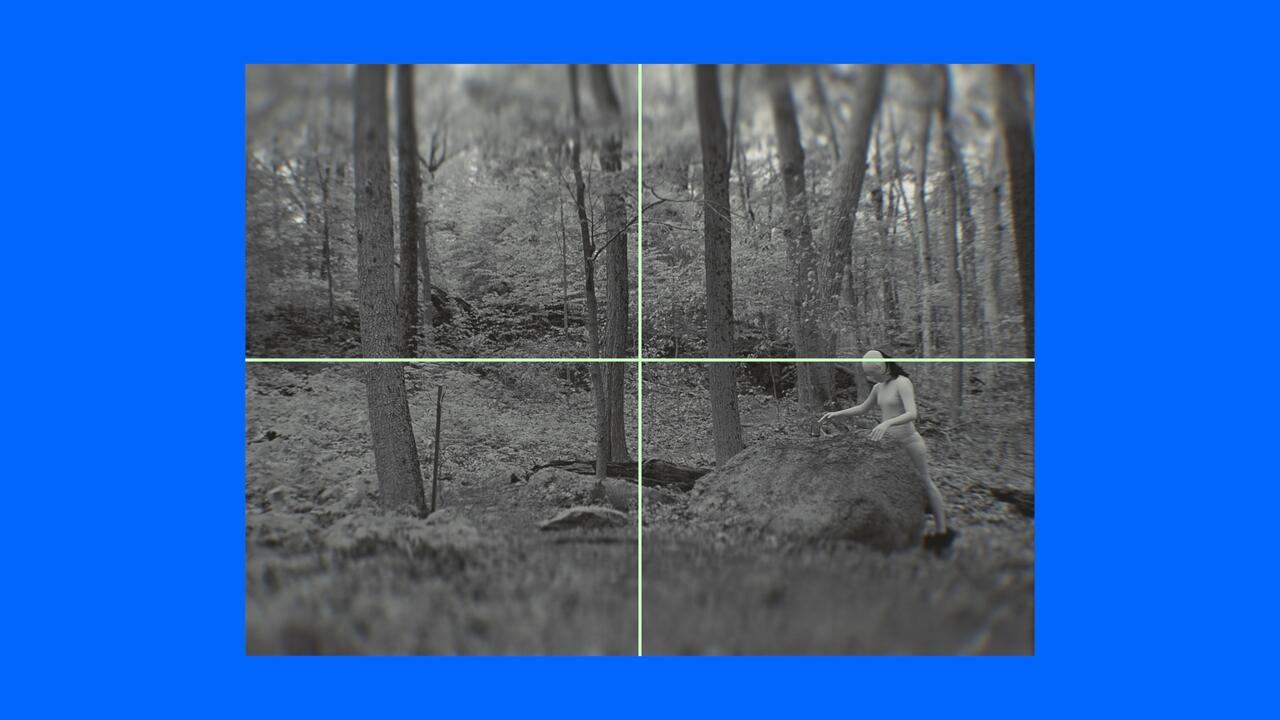The Feast against Nature
P.S.1 Contemporary Art Center, New York
Charles LaBelle
P.S.1 Contemporary Art Center, New York
Charles LaBelle

The dinner’s first course – dollops of paddlefish roe, black olive tapenade and aubergine bottarga on crisp pumpernickel – was barely finished when artist Rita Ackermann started muttering under her breath and making rude comments. Tanisha Thompson, who was in the middle of an impassioned if somewhat digressive speech regarding power, slavery and anal sex, persisted despite the interruptions. Since the guests had been forbidden from speaking, Ackermann’s behaviour was an alarming, although in retrospect relatively tame, breach of etiquette. For by the evening’s end the freshly whitewashed walls of P.S. 1 resembled the interior of the creepy cabin from Sam Raimi’s The Evil Dead (1981), running red (with wine) and spattered with chunks of burnt flesh (the night’s main course, braised wild boar). Shards of shattered glass and broken china glimmered on the floor, and the air was filled with smoke from a letter, written in wine on pink paper, that had said simply, ‘wrong’, which someone had put into the sputtering flames of the listing candles. As for the guests, many had scattered, fleeing to clear the mulberry sorbet from their hair.
Ostensibly a re-enactment of the infamous ‘Black Dinner’ described by Joris-Karl Huysmans in his decadent classic A rebours (Against Nature, 1884), The Feast against Nature was the brainchild of English artist Emily Wardill and featured a dozen invited guests clad in black, dining on an eight-course pitch-dark meal while an organ piped out appropriately funereal background music. A companion to a similar dinner staged in the UK, Wardill’s aim was to produce scenes of ‘over-egged cultural layering’ and ‘exaggerated decadence’ in which themes related to the novel such as ‘solitude’, ‘Esoteric Eclecticism’ and ‘The Anxiety of Influence’ would be expanded upon in speeches given by an impressive array of contemporary thinkers and culture producers.
Served by minions shrouded in black-hooded robes (no naked Nubians here!), the mise-en-scène in New York felt strangely familiar, a fifth-generation derivation of Dominique Aury’s The Story of O (1954) mixed with the orgy scene from Stanley Kubrick’s Eyes Wide Shut (1999), itself a polite re-enactment of the film Behind the Green Door (1972). While the intention was admirable – no century seems better suited for an early acknowledgement of sickness and decay than our current one – the dinner proved more mal de tête than mal de siècle.
For all its investment in theatricality and artifice, true decadence cannot be manufactured. Transcending mere attitude, it is first and foremost an intellectual raison d’être, privileging the senses rather than the body. (Consider Baudelaire, who loved the fibrillating atmosphere of the brothel but was loath to disrobe.) Too easily confused with easygoing bohemianism or infantile Goth play-acting, it is sorely misunderstood today. Encouraging the bad behaviour of her guests –Ackermann and others had been secretly instructed to disrupt the dinner – Wardill’s idea of decadence was more indebted to Jerry Springer than Alfred Jarry.















